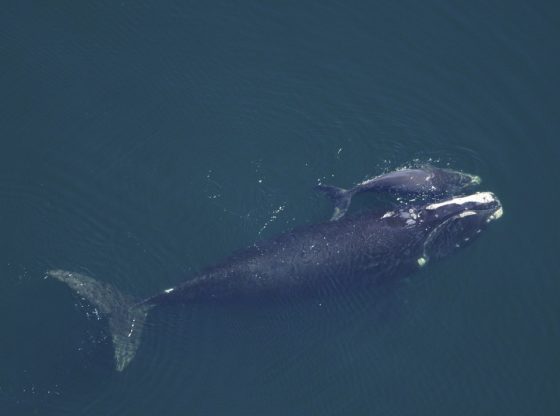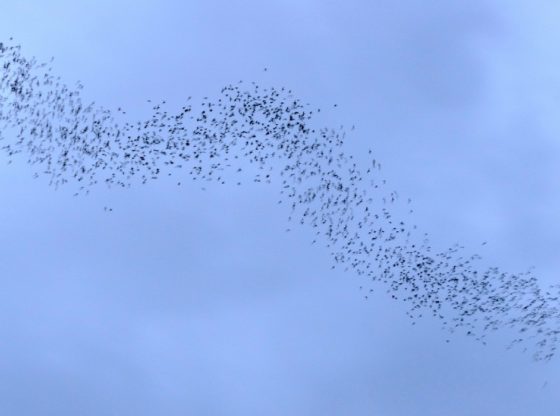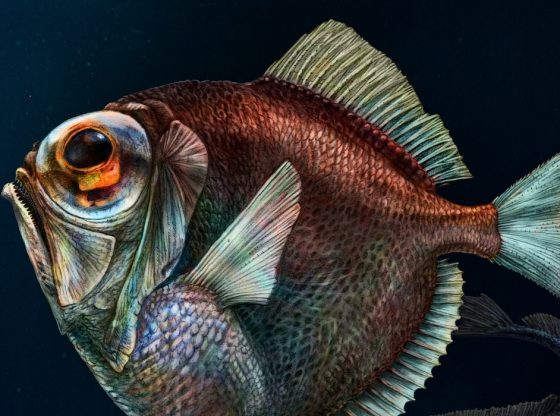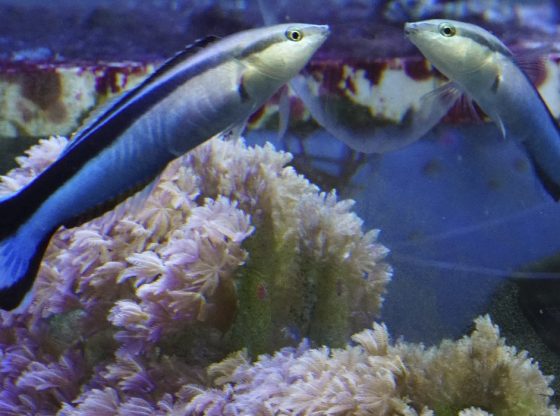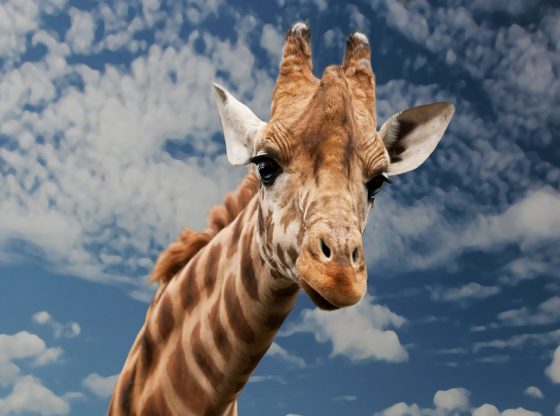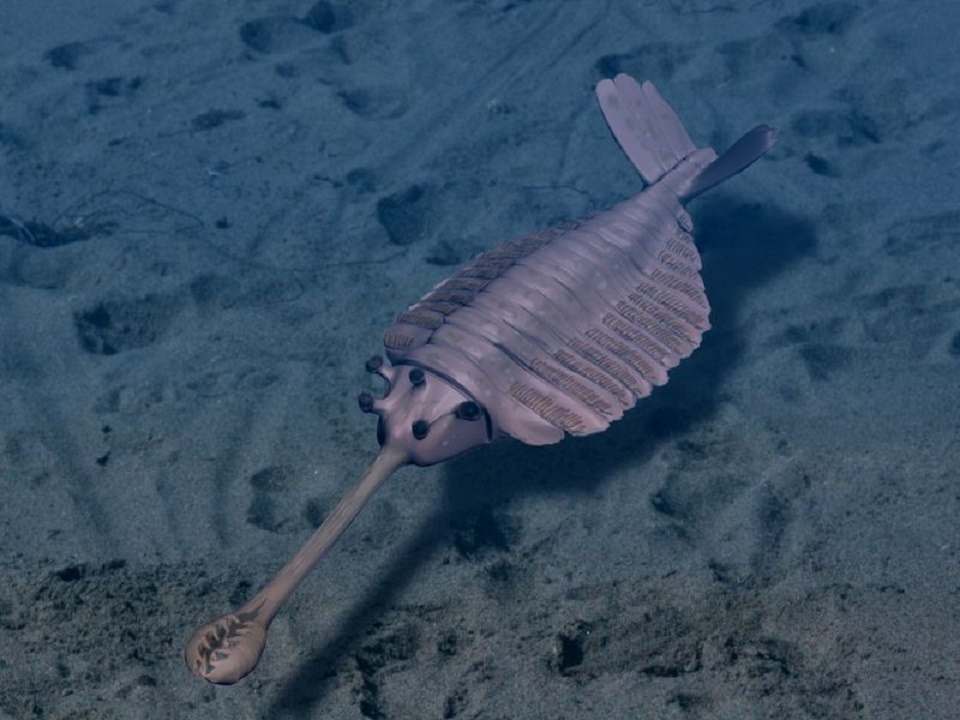
The Cambrian Explosion is sometimes referred to as the “evolutionary big bang”, it was a relatively short period of rapid diversification and development of most major living animal body plans (phyla).
New research suggests that the Cambrian Explosion was caused by multiple events. The study has been published in Science and was conducted by scientists at the University of Oxford’s Museum of Natural History and the South Australian Museum at the University of Adelaide.
The Evolutionary Big Bang
This “evolutionary big bang” was a pivotal period in Earth history and a critical moment for life to evolve and diverge into more complex life forms. It occurred about 530 million years ago during the Cambrian Period and was a process that occurred during a mere 20 million years, transforming life to leap from simple to complex.
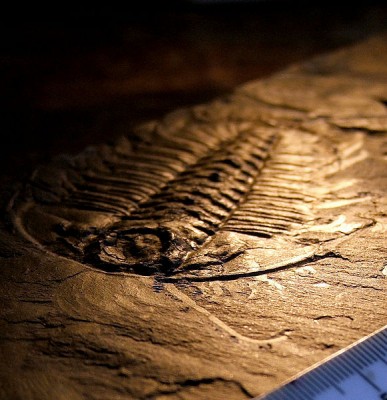
During this period the first predators and prey emerged, animals developed from mostly microbial to more complex forms and exoskeletons. Previously life could not eat large particles of food, and there was no food chain at all. A process of evolution then took place that was five times faster compared to today’s overall rate according to the study “Cambrian Creatures: Images of Primitive Sea Life”.
Factors of Change
The scientists argue that a cascade of events provided the foundation for rapid change, with genetic changes that occurred simultaneously with rising sea levels and an influx of new chemicals into the oceans.
Although over 30 different hypotheses have been suggested as possible causes, the researchers argue that only three of them were pivotal. They point to that genetic changes had evolved as a precursor to the Cambrian explosion and was necessary for latter aspects to influence evolution.
These three were developmental/genetic, ecologic, and abiotic/environmental. The geochemical hypotheses from an abundant and distinctive subset of the last factor. The researchers argue that most of these hypotheses have previously been positioned as stand-alone processes, but was rather tightly interlinked and co-dependent. As the rapid diversification of animals in the early Cambrian is likely to have been the result of a complex interplay of biotic and abiotic processes.
The scientist outline the scenario; as rising sea levels made life move into flooded areas as new habitats they got in contact with eroded minerals such as calcium and strontium. These minerals interacted with rapid evolution to form the first building blocks for organism to construct their bodies and form exoskeletons.
_______________
Causes of the Cambrian Explosion
______________________________


